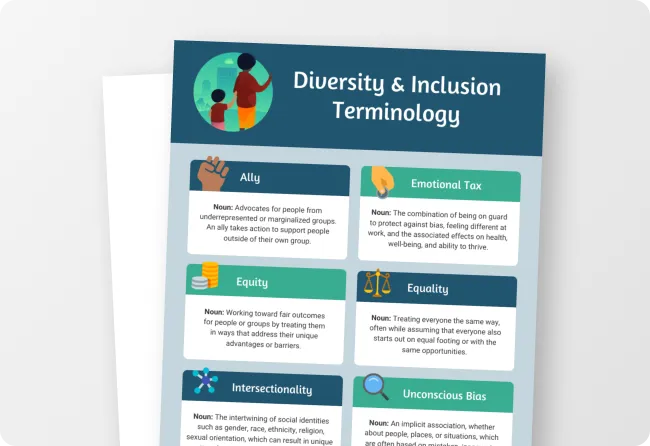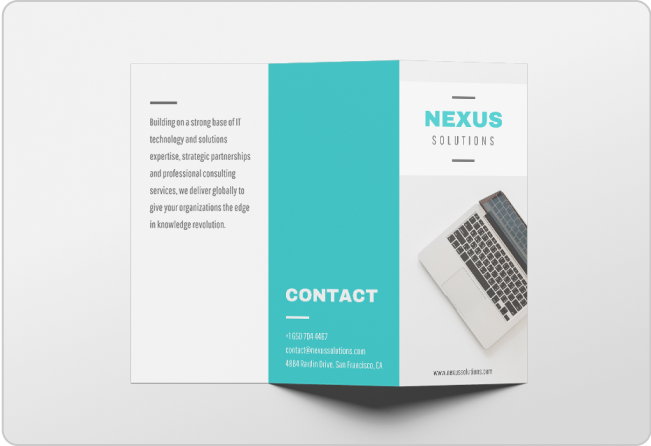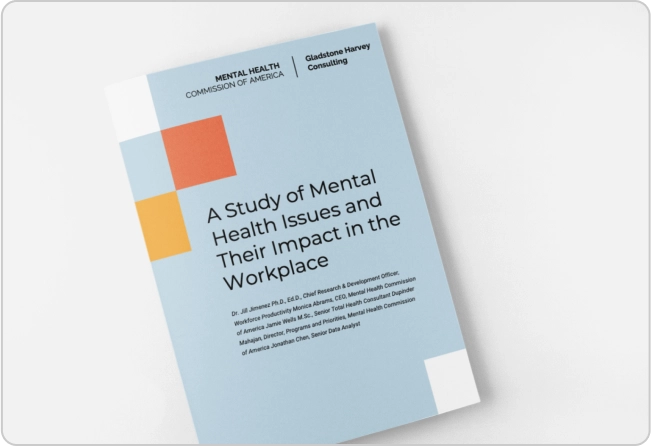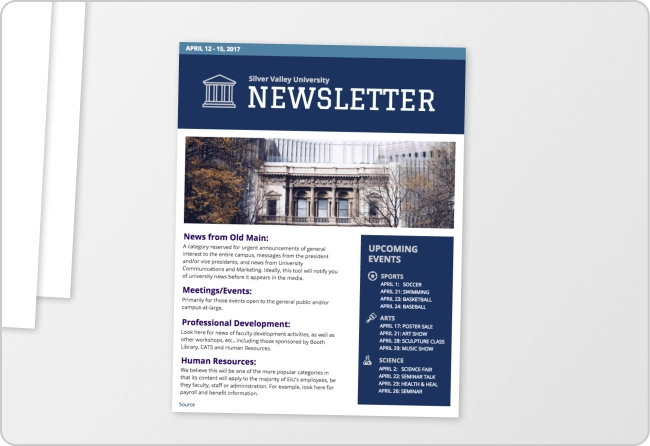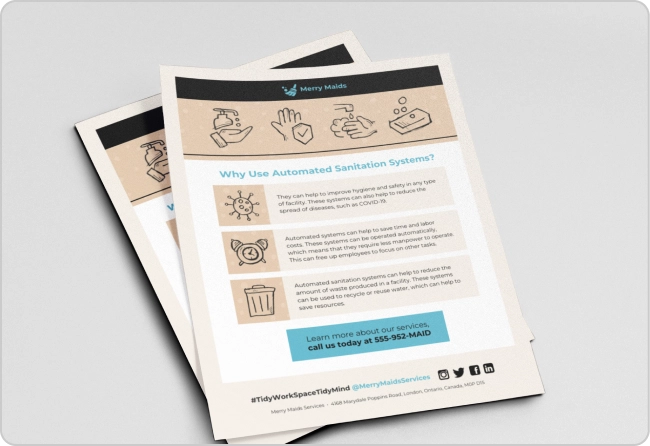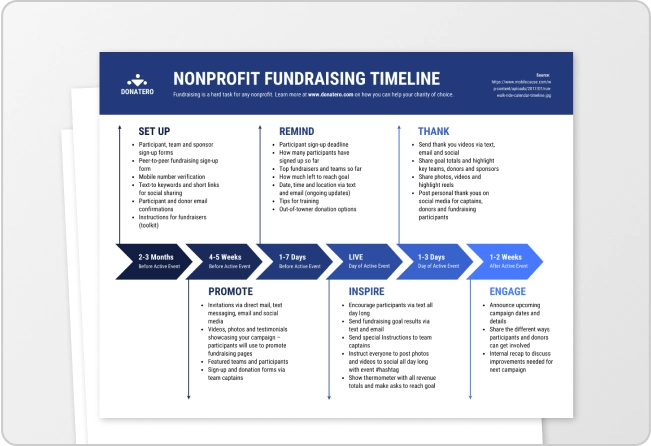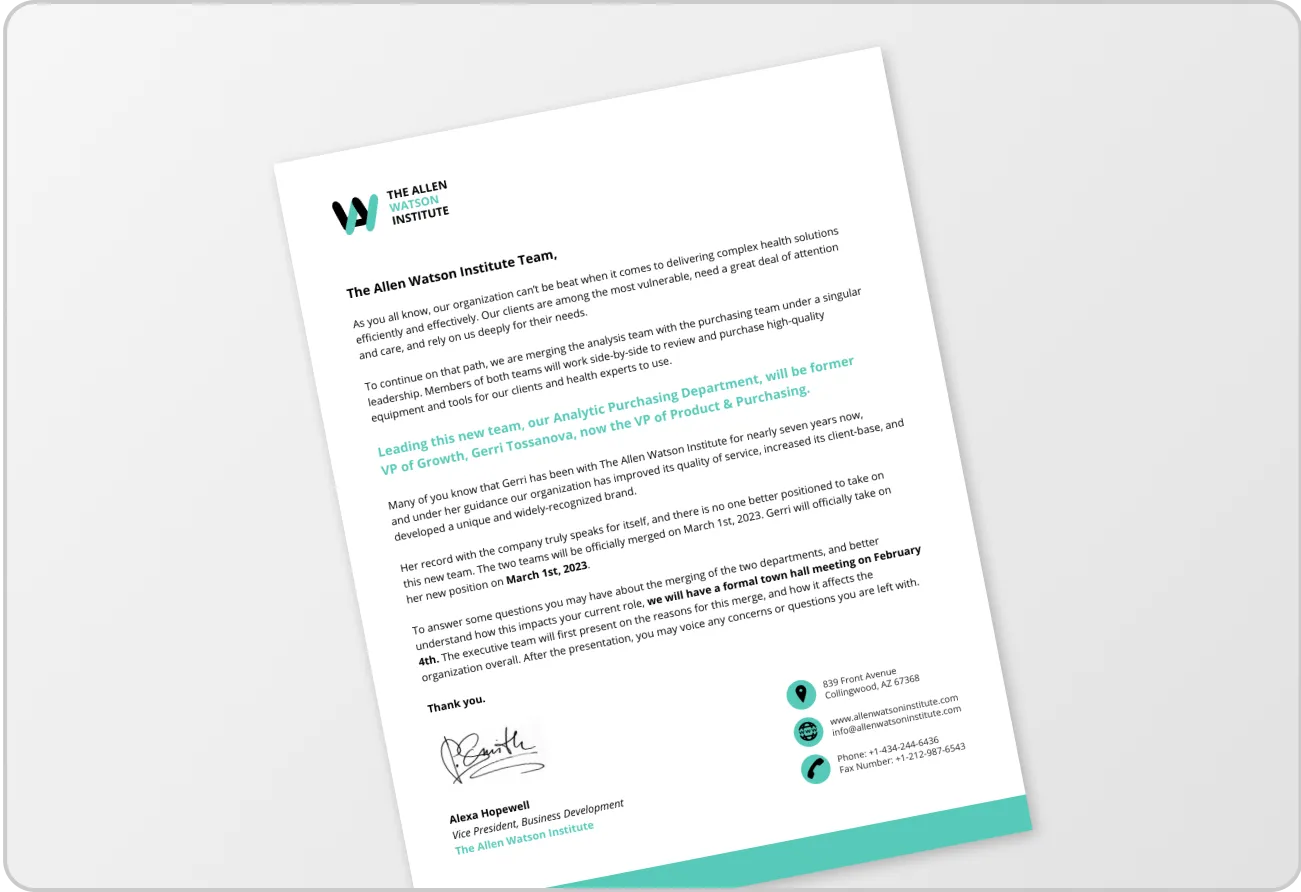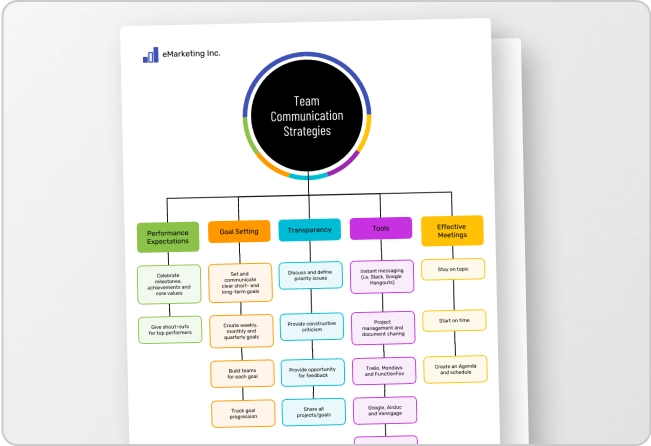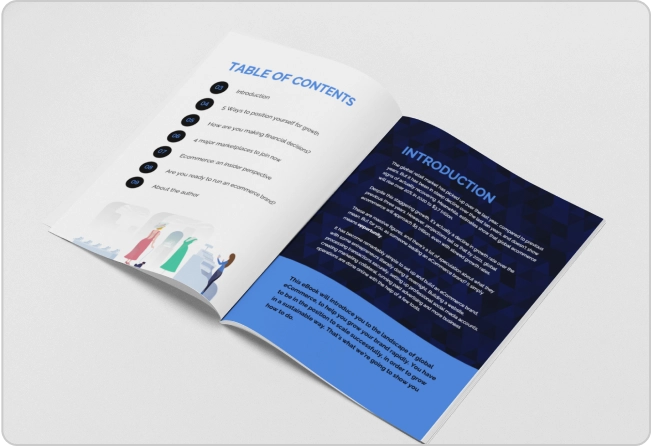
The U.S. Department of Justice published the final rule to Title II of the ADA in June 2024. This rule mandates state and local government entities to make their web content and mobile applications accessible to people with disabilities by following WCAG 2.1 Level AA.
But what does DOJ’s new accessibility rule mean for your institution and how can you stay compliant? In this blog post, I will explain the ADA Title II updates for higher educational institutions, government agencies, public sector organizations, and accessibility professionals.
What is the Title II of the Americans with Disabilities Act (ADA)?
Title II of the ADA states that disabled individuals shall not be discriminated against in any public program, service, or activity (government services), on the grounds of their disability.
ADA compliance requirement under Title II
The ADA Title II requires public entities to ensure that all web content and mobile apps meet specific accessibility standards (WCAG 2.1AA). This includes providing alternative text for images, ensuring compatibility with screen readers and making interactive elements accessible.
Applicability of Title II ADA Regulations 2025
The ADA Title II applies to all state and local government entities, including public schools, hospitals, courts, and libraries.
What is the ADA Title II update?
The final rule published under Title II of the ADA states that all the digital services and content provided by the local or state governments, including public universities and schools, courts, hospitals and libraries, should adhere to the technical ADA standard for accessibility.
Technical standard for web content and mobile apps
Before the update, Title II focused on nondiscrimination on the basis of disability. However there was no clarity on how public entities should comply with ADA obligations. The ADA Title II rule changes remove ambiguity.
Now all the programs, activities, and services offered by the state or local government entities on mobile or web applications should adhere to the technical standard for accessibility — the Web Accessibility Compliance Guidelines (WCAG) 2.1 Level AA success criteria.
This means that all digital content or services, including web pages and applications, Word, PDF or Excel documents or mobile apps provided by the public entities should adhere to WCAG 2.1 Level AA.
The ADA Title II compliance checklist is divided into four broad categories:
- Perceivable: Web and mobile app content should be easily perceivable by people with disabilities. This involves adding alt text for images, captions for live audio content, audio descriptions for pre-recorded videos and the visual presentation of text and images of text has a contrast ratio of at least 4.5:1, except for large text.
- Operable: Users should be able to interact with web or app elements. This requires clear headings and labels that describe the topic or purpose, easy navigation through keyboard and visual indicators for page elements.
- Understandable: The information and the user interface should be easy to understand. The digital accessibility guidelines include: the content should be able to be programmatically understood by assistive technologies, consistent navigation and identification of web pages and error prevention mechanisms for web pages that bind readers in legal or financial transactions.
- Robust: Content should be easy to interpret by different technologies. For this, you need to ensure that assistive technologies should be able to determine the status messages on the page, such as ‘application submitted’ or ‘required fields.’
Broadened scope of Title II
The technical standard will also apply to any content made available directly by a public entity, through contracting, licensing, or any other arrangement. All state and local government departments, agencies, and other instrumentalities will have to comply with the technical standard.
Here’s the content that should comply with the new technical standard:
- Websites and web applications
- Mobile apps
- PDFs, spreadsheets, presentations and other digital documents
- Audio and video content
- Online forms and applications
The reason behind ADA Title II update
The key reason for ADA Title II update is to ensure that disabled people get equal access to government policies, services and programs.
Public entities offer many critical services, such as voting information, tax payment details and healthcare data, through web or mobile applications. However, many of the current services lack accessibility features, making it difficult for disabled people ( a major percentage of the U.S. population) to avail such services effectively.
With the implementation of the new update, people with visual impairments can access web content and mobile applications, avail critical services and enjoy their fundamental constitutional rights.
Essentially, the new rule provides:
- Equality of opportunity for all
- Full participation in public activities or services
- Independent living, and
- Economic self-sufficiency
“By issuing clear and consistent accessibility standards for state and local governments’ digital content, this rule advances the ADA’s promise of equal participation in society for people with disabilities.”
Attorney General Merrick B. Garland
What are the Exceptions to the ADA Title II applicability?
Even though the DOJ has made WCAG standards mandatory for all website content and mobile applications, there are still some exceptions to Title II. Let’s see:
1. Archived web content
The items that fall under the archived content are:
- Any web content that public entities created before the requirement to comply with the final rule or any web content that reproduces paper documents or physical media created before the requirement to comply with the final rule
- Web content retained exclusively for reference, research, or recordkeeping
- Web content that is not altered or updated after the date of archiving; and
- Content that is organized and stored in a dedicated area or areas clearly identified as being archived.
So, historic web content that is only kept for the purpose of reference, research or recordkeeping does not need to adhere to the WCAG. However, if any public entity substantially alters any web content, like adding, arranging or updating data, after the applicability of ADA Title II update, will not fall under archive web content.
2. Pre-existing conventional electronic documents
The next exception is all the pre-existing conventional electronic documents that are available as part of a public entity’s web content or mobile apps before the date the public entity is required to comply with the final rule.
Here, conventional electronic documents are documents that are created or saved as electronic files and are commonly available in an electronic form on public entities’ web content and mobile apps and that would have been traditionally available as physical printed output. These include portable document formats (PDFs), word processor files, presentation files, and spreadsheet files.
However, all the electronic documents that are required to apply for, gain access to, or participate in the public entity’s services, programs, or activities need to comply with the technical standards.
3. Content posted by a third party that does not fall under contracting, leasing, or any other arrangement
Any content posted by a third party is not covered under ADA Title II.
However, it’s crucial to remember that even if a mobile app or web content is not designed or owned directly by a public entity but used to offer a public service or activity, it will fall under Title II.
For example, if a mobile app enables users to pay money for parking in the city, the app will need to comply with the technical standards even if the app is not directly owned by any public entity.
4. Individualized, password-protected conventional electronic documents
Any secured, private electronic document of any individual will also not be included in Title II regulations.
Lastly, any social media post uploaded by a public entity before the applicability of Title II update does not need required compliance with accessibility guidelines.
What do higher education institutions need to know about the DOJ’s new rule?
As discussed above, public universities and schools have to comply with Title II requirements. Since many educational institutions use websites and online technologies to seek applications, offer educational material and resources, conduct test assignments, take classes and conferences, they need to ensure that their website content and mobile app are WCAG compliant.
Here’s how public institutions can ensure accessible design for higher education:
- Online lectures have live captions.
- Reading text must be resizable.
- PDFs, forms, and course materials should have proper tagging for screen readers
- Course registration systems, learning management systems and all apps and software used by the university should be accessible.
What is the deadline for complying with ADA Title II?
Yes, this is a significant update but you don’t have to stress over it. Public entities and higher institutions have 2-3 years to comply with the ADA Title II updates. Here’s the compliance deadline based on the size of your organization:
| Public Entity Size | Compliance Date |
| Fewer than 50,000 persons/specialdistrict governments | April 26, 2027 |
| 50,000 or more persons | April 24, 2026 |
What will be the consequences of non-compliance?
Non-compliance with the ADA Title II new rule can result in potential lawsuits. Even though civil penalties are not mentioned under Title II, the DOJ can impose fines on entities to seek monetary relief for individuals aggrieved under Title II in its enforcement actions. The amount of relief varies as per the facts of each case.
Non-compliance can also impact business reputation, resulting in loss of business revenue.
What should be the next steps?
You know the guidelines and exceptions, but what next? How do you comply with the regulations? Here’s a step-by-step guide to help you:
Step 1: Do an accessibility audit
Conduct a comprehensive audit of your existing web content or mobile apps, if any. Here are a few WCAG 2.1 Level AA requirements you can check during the audit:
- Are interactive elements should be operable via keyboard?
- Does the content have a proper color contrast (4.5:1 for text, 3:1 for UI components)?
- Are error messages and instructions should be clear and accessible?
- Are PDFs tagged and structured for screen readers?
- Whether all video/audio content have captions and transcripts?
- Is your website compatible with a screen reader?
Once you have done the audit, figure out which content falls under the exceptions to ADA Title II.
Step 2: Improve digital accessibility
The next step is to gradually implement the WCAG 2.1 Level AA requirements to ensure digital accessibility. This involves using accessible website builders, such as Wix.
For creating accessible PDFs, infographics, posters, or other visuals, try designing tools with in-built accessibility tools. Venngage can help you here. It is a simple design software for businesses that offers a variety of accessibility tools: Accessibility Color Palette Generator, Color Blind Simulator and Color Contrast Checker.
Venngage’s Accessibility Checker is WCAG 2.1 compliant and tests whether your designs and content can be accessed easily by people with disabilities.

Plus, its AI tool automatically generates alt text for images.

Here’s how you can use Venngage to create accessible content:
- Create accessible PDFs and ensure PDF remediation with Venngage’s Accessible PDF Maker.
- Discover accessible color combinations for your website content and mobile app with the Accessible Color Palette Generator
- Check how your content will appear to people with visual impairments using the Color Blind Simulator.
- Ensure accessible color contrast with the Color Contrast Checker.
Step 3: Regularly review the digital content
Accessibility is a continuous process, not a one-time fix. Public entities must implement ongoing monitoring and updates to ensure digital content remains compliant with WCAG 2.1 AA and ADA Title II regulations.
Frequently asked questions on ADA Title II updates
What is the latest update to the ADA Title II?
The ADA Title II update made by the DOJ in June 2024 makes it mandatory for all public entities, including local and state governments, public educational institutions, hospitals, courts and libraries, to follow WCAG 2.1 Level AA standards for website content and mobile applications.
What is the deadline to comply with the ADA Title II updates?
The deadline to comply with the ADA Title II update depends on your organization’s size. For public entities with less than 50,000 entities, the compliance due date is 26 April 2027. Entities with more than 50,000 members can comply with the technical standard by 24 April 2026.
What are the exceptions to the ADA Title II final rule?
The ADA Title II final rule does not apply to archived web content, pre-existing conventional electronic documents, content posted by a third party that does not fall into the contractual, licensing or any other arrangement with a public entity, password-protected conventional electronic documents and pre-existing social media posts.
Comply with WCAG 2.1 Level AA with Venngage
The ADA Title II update (2024) mandates that all state and local governments ensure their digital and physical services comply with WCAG 2.1 AA standards, making public websites, apps, and documents accessible to individuals with disabilities. This applies to agencies, courts, schools, public transit, voting systems, and emergency services.
To implement these standards, you need tools with built-in accessibility features. That’s where Venngage comes in. With features like the Accessible PDF Checker and Accessible Color Palette Generator, it quickly highlights accessibility errors in your content, making it easier to stay compliant.





























